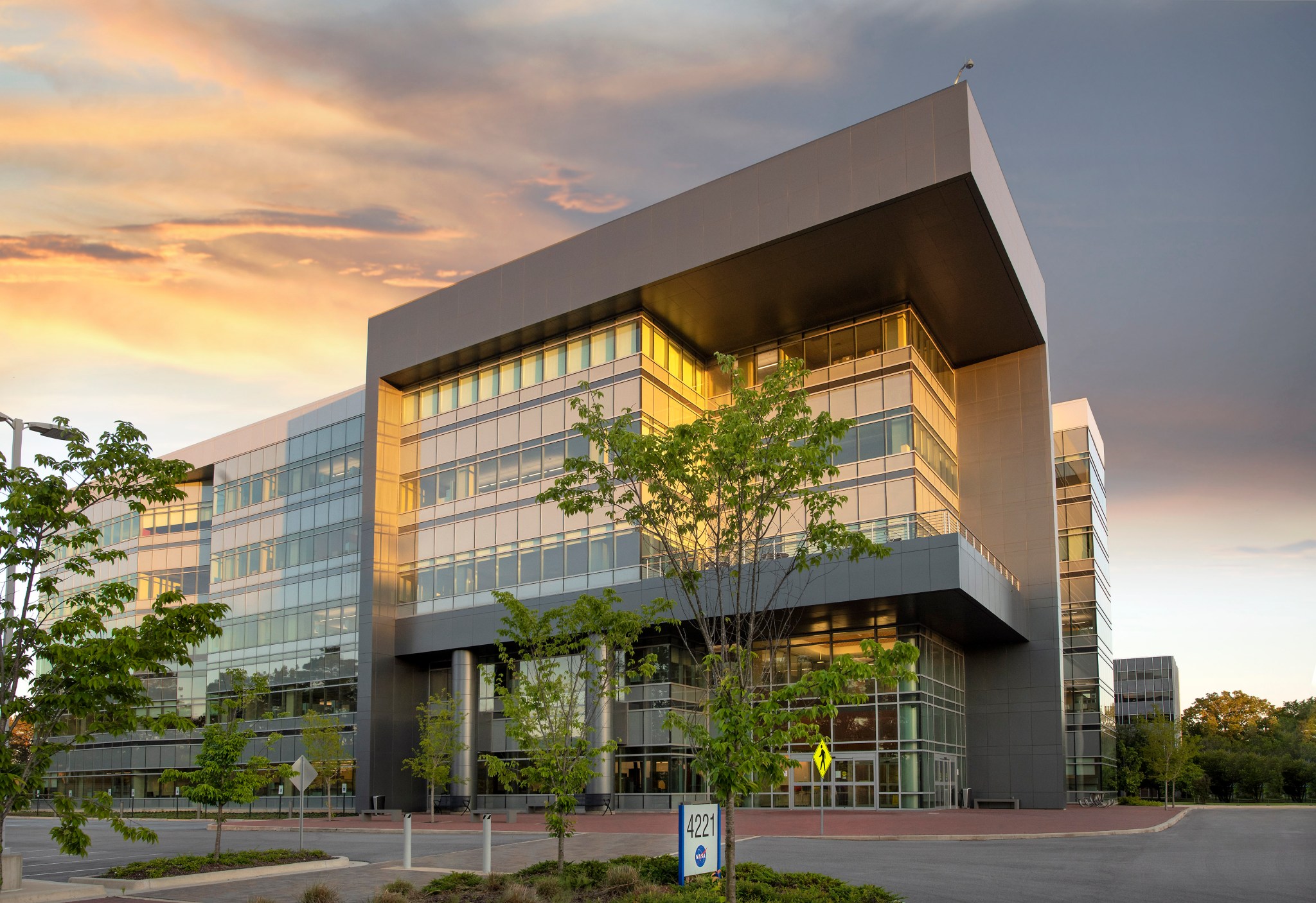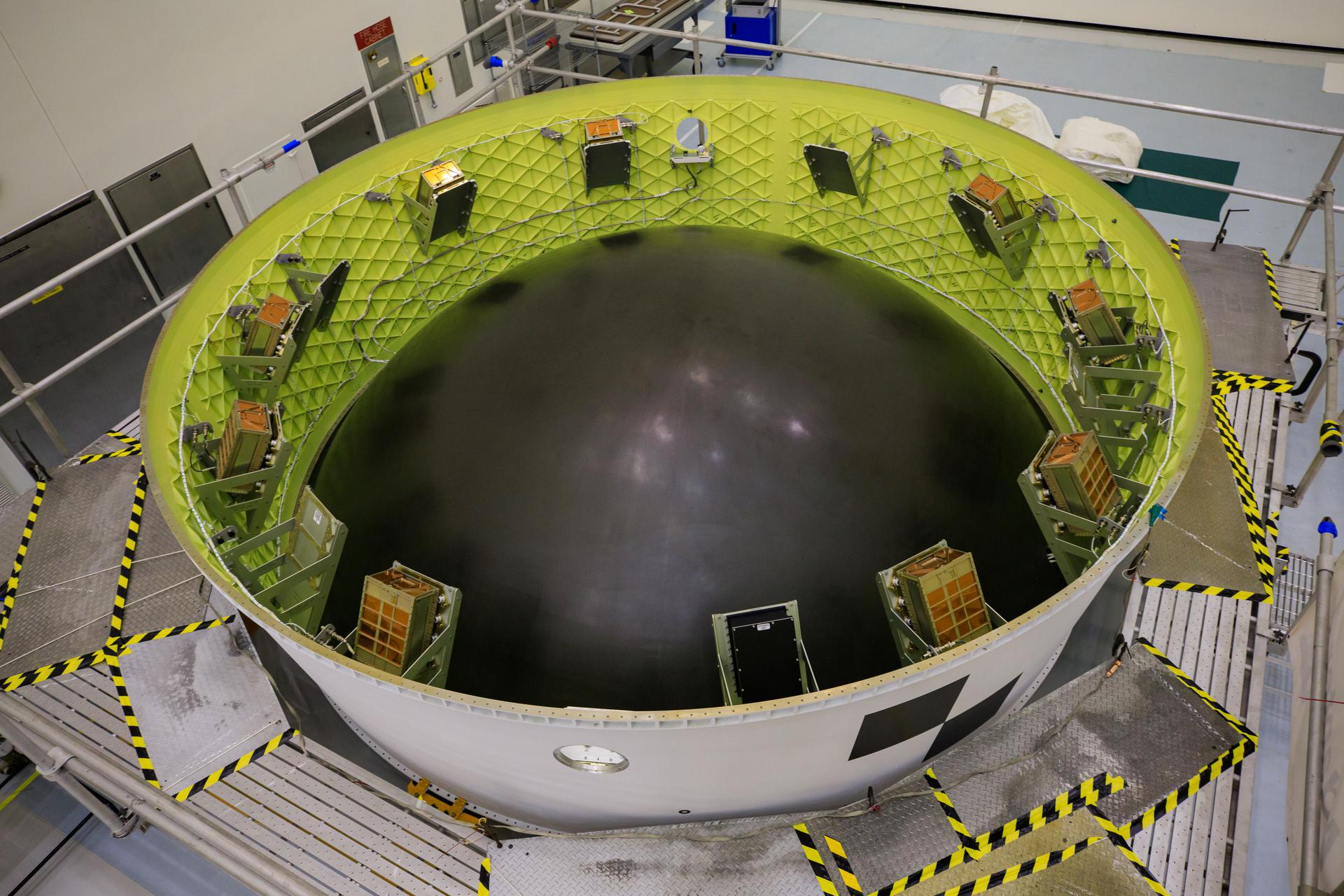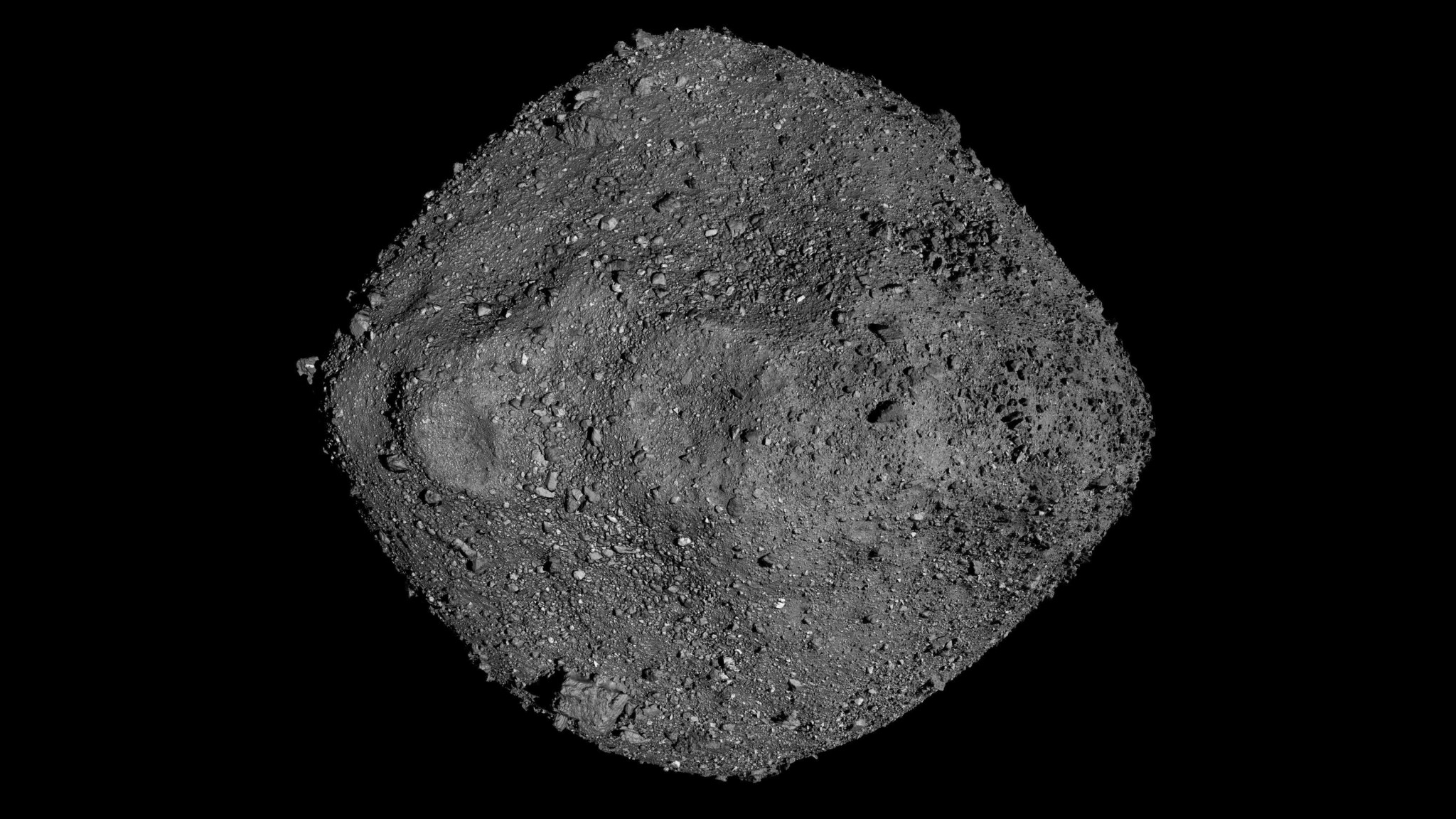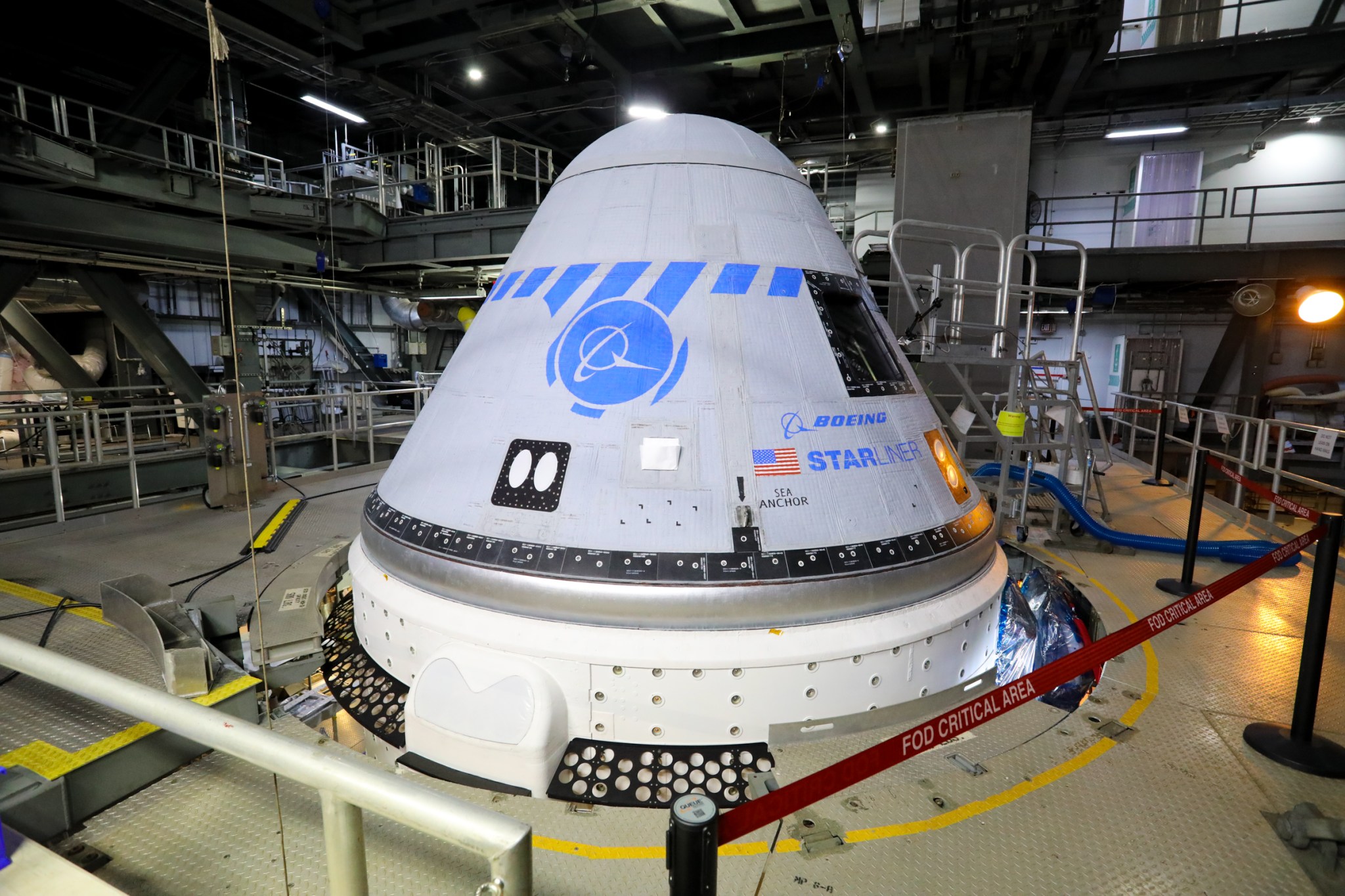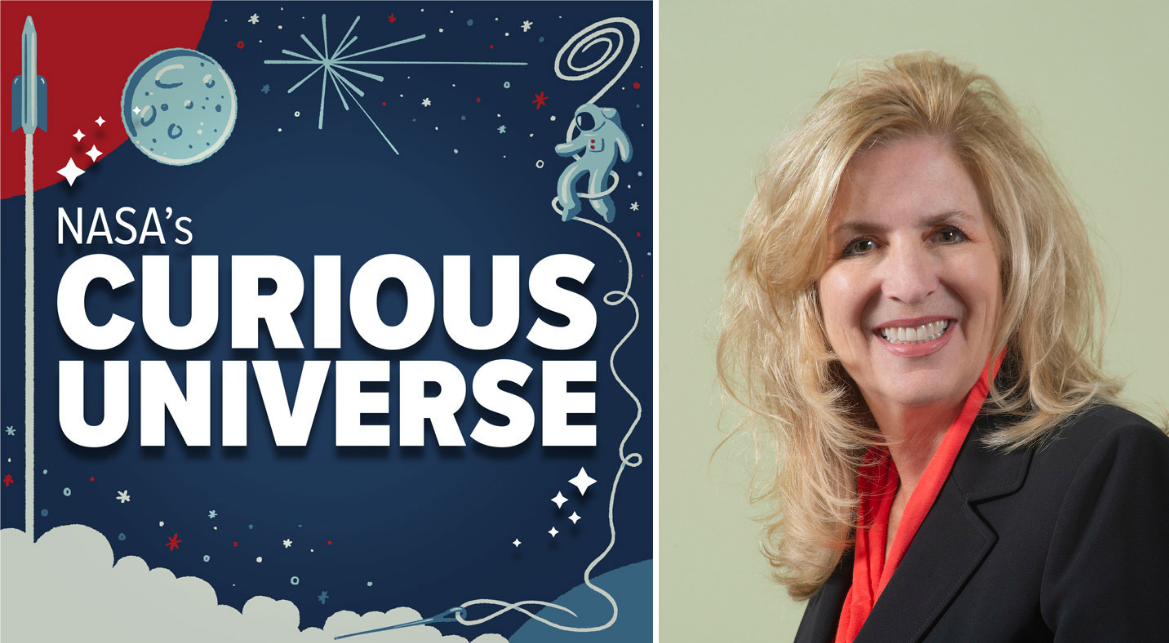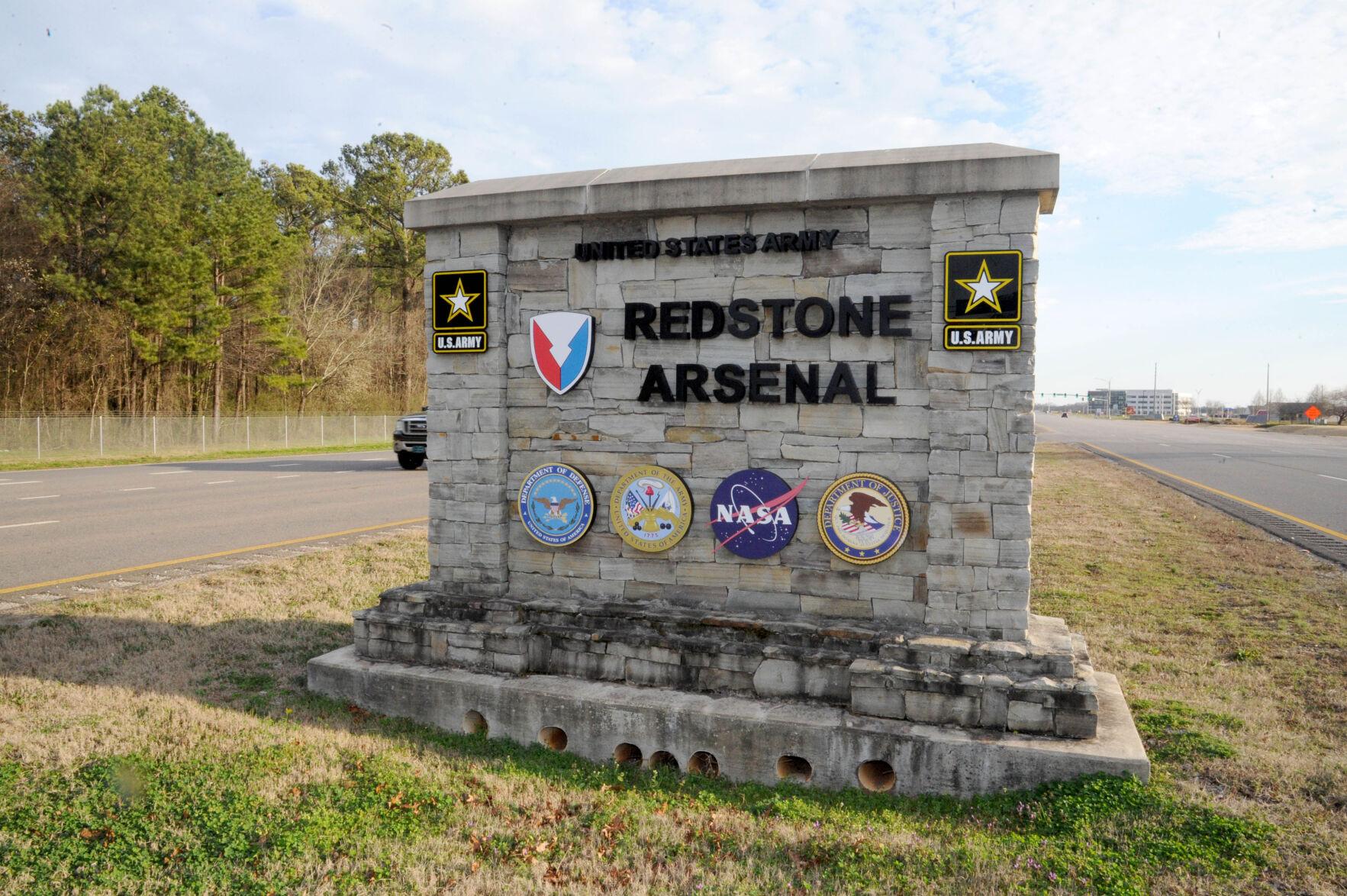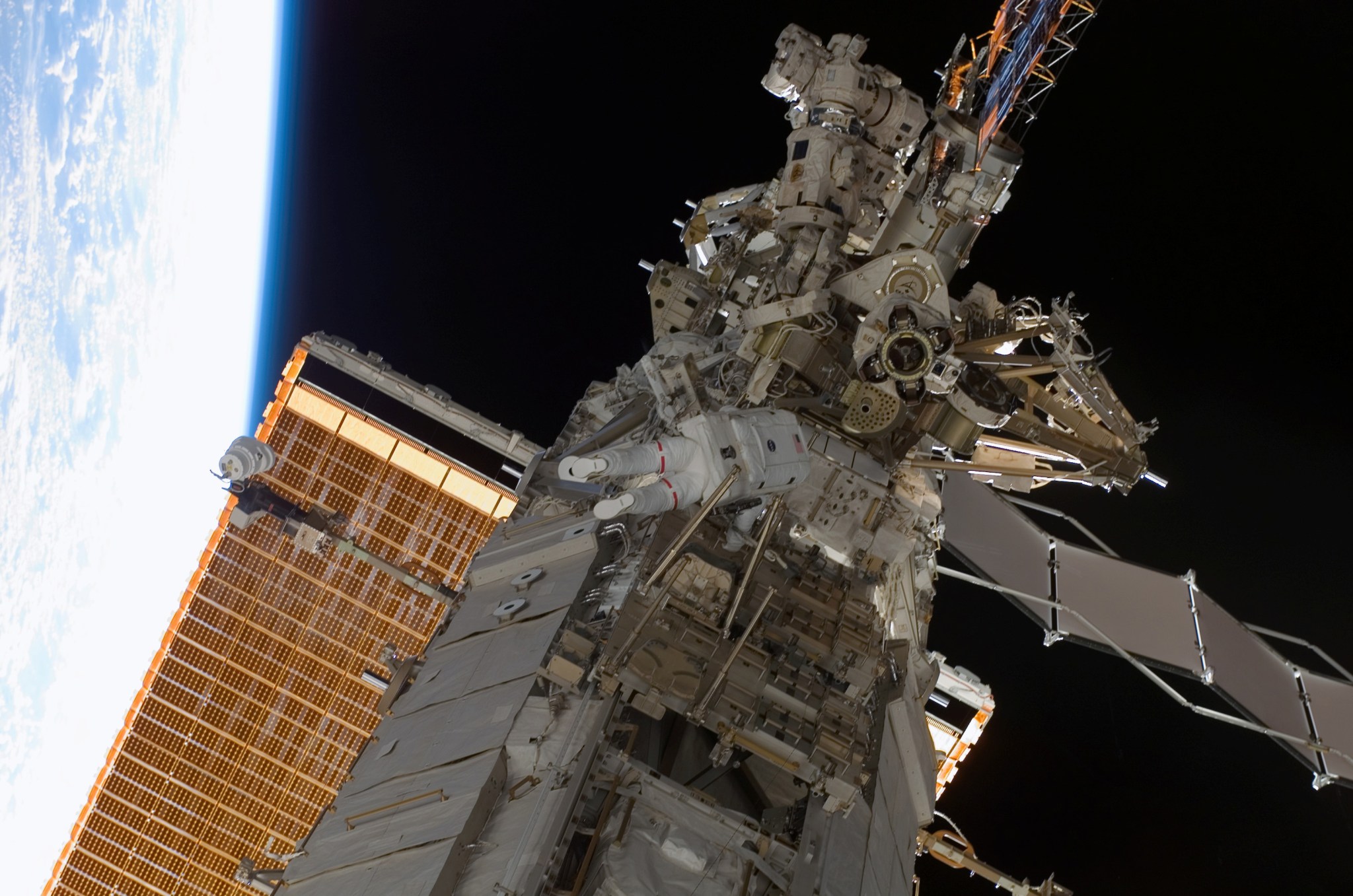NASA Issues Updated COVID-19 Requirements
On Aug. 13, NASA issued updated COVID-19 guidance to the workforce requiring that all federal employees sign an attestation to confirm their COVID-19 vaccination status.
NASA civil servants and contractors should have received an email from Headquarters with a link to the agency’s official online medical records system, Medgate. Through this confidential portal, team members will be required to complete a brief form asking about vaccination status. Team members will be asked to attest that they are: fully vaccinated, vaccinated but not fully vaccinated at this time, not vaccinated, or chose not to reply. They may update their vaccination status at any time using the same link to submit a new attestation. The information provided on this form is protected by federal privacy regulations.
In the near future, anyone working on-site at any NASA facility, including Marshall Space Flight Center and Michoud Assembly Facility, who is not fully vaccinated will be required to be tested weekly for COVID-19. These requirements are intended to help prevent the spread of COVID-19 and protect the health and safety of the workforce. Marshall leadership will update team members when they have more information to share about how they will implement testing requirements.
“Our leadership team is committed to doing all we can for your welfare at work, but you must do your part,” Marshall Director Jody Singer said. “We have seen a dramatic increase in COVID-19 cases across the country, and the areas surrounding Marshall and Michoud have been especially impacted. The good news is that if you are vaccinated, you have a significantly reduced risk of infection – so for those still weighing the decision to be vaccinated, I encourage you to do so.”
On July 28, Marshall and Michoud instituted a revised face covering policy, in accordance with the latest federal and NASA guidance. All team members and visitors must wear a proper face covering over their nose and mouth when on-site and indoors, regardless of vaccination status.
Marshall’s Safe at Work protocol guidelines have also been updated to align with the new guidance. Visit the COVID-19 page on Inside Marshall for updates. If you feel sick or have been exposed to someone who has COVID-19, stay home.
“I ask you to continue to communicate with your supervisor if you are unwell, have concerns, or need additional support,” Singer said. “I also understand both employees and supervisors have questions I don’t have the answer to today. We anticipate additional guidance shortly and will be scheduling our next town hall soon to meet with the team again and provide the latest information.
“Thank you for your dedication, hard work and constant vigilance as we reach for the stars, together.”
Orion Stage Adapter Readied for Ride on Artemis I
Small satellites, called CubeSats, are secured inside the Orion stage adapter at NASA’s Kennedy Space Center in preparation for their upcoming launch on the Artemis I mission. Technicians from the agency’s Exploration Ground Systems and contractor Jacobs worked with developers of the shoebox-sized secondary payloads as they underwent final processing and were secured inside the ring-shaped stage adapter, which will be connected to the Space Launch System Interim Cryogenic Propulsion Stage, and the Orion spacecraft will be secured on top. All CubeSats will be deployed after SLS completes its primary mission of launching Orion on a trajectory toward the Moon. Although small in size, the CubeSats will conduct a variety of science experiments and technology demonstrations including some that will expand knowledge of the lunar surface during the Artemis I mission. Artemis I will be the first integrated flight test of NASA’s deep space exploration system: Orion, the SLS rocket, and the ground systems at Kennedy. The first in a series of increasingly complex missions, Artemis I will provide a foundation for human deep space exploration, and demonstrate commitment and capability to extend human existence to the Moon and beyond. (NASA/Cory Huston)
NASA Spacecraft Provides Insight into Asteroid Bennu’s Future Orbit
In a study released Aug. 11, NASA researchers used precision-tracking data from the agency’s OSIRIS-REx spacecraft to better understand movements of the potentially hazardous asteroid Bennu through the year 2300, significantly reducing uncertainties related to its future orbit and improving scientists’ ability to determine the total impact probability and predict orbits of other asteroids.
“NASA’s Planetary Defense mission is to find and monitor asteroids and comets that can come near Earth and may pose a hazard to our planet,” said Kelly Fast, program manager for the Near-Earth Object Observations Program at NASA Headquarters. “We carry out this endeavor through continuing astronomical surveys that collect data to discover previously unknown objects and refine our orbital models for them. The OSIRIS-REx mission has provided an extraordinary opportunity to refine and test these models, helping us better predict where Bennu will be when it makes its close approach to Earth more than a century from now.”
In 2135, Bennu will make a close approach with Earth. Although the near-Earth object will not pose a danger to the planet at that time, scientists must understand Bennu’s exact trajectory during that encounter in order to predict how Earth’s gravity will alter the asteroid’s path around the Sun – and affect the hazard of Earth impact.
Using NASA’s Deep Space Network and state-of-the-art computer models, scientists were able to significantly shrink uncertainties in Bennu’s orbit, determining its total impact probability through the year 2300 is about 1 in 1,750 (or 0.057%). The researchers were also able to identify Sept. 24, 2182, as the most significant single date in terms of a potential impact, with an impact probability of 1 in 2,700 (or about 0.037%).
Although the chances of it hitting Earth are very low, Bennu remains one of the two most hazardous known asteroids in the solar system, along with another asteroid called 1950 DA.
Before leaving Bennu May 10, OSIRIS-REx – short for Origins, Spectral Interpretation, Resource Identification, Security-Regolith Explorer – spent more than two years in close proximity to the asteroid, gathering information about its size (it is about one-third of a mile wide), shape, mass, and composition, while monitoring its spin and orbital trajectory. The spacecraft also scooped up a sample of rock and dust from the asteroid’s surface, which it will deliver to Earth on Sept. 24, 2023, for further scientific investigation.
The precision measurements on Bennu help to better determine how the asteroid’s orbit will evolve over time and whether it will pass through a “gravitational keyhole” during its 2135 close approach. These keyholes are areas in space that would set Bennu on a path toward a future impact with Earth if the asteroid were to pass through them at certain times, due to the effect of Earth’s gravitational pull.
To calculate exactly where the asteroid will be during its 2135 close approach – and whether it might pass through a gravitational keyhole – study lead Davide Farnocchia of the Center for Near Earth Object Studies and his team evaluated various types of small forces that may affect the asteroid as it orbits the Sun. Even the smallest force can significantly deflect its orbital path over time, causing it to pass through or completely miss a keyhole.
Among those forces, the Sun’s heat plays a crucial role. As an asteroid travels around the Sun, sunlight heats up its dayside. Because the asteroid spins, the heated surface will rotate away and cool down when it enters the nightside. As it cools, the surface releases infrared energy, which generates a small amount of thrust on the asteroid – a phenomenon called the Yarkovsky effect. Over short timeframes, this thrust is minuscule, but over long periods, the effect on the asteroid’s position builds up and can play a significant role in changing an asteroid’s path.
The team considered many other perturbing forces as well, including the gravity of the Sun, the planets, their moons, and more than 300 other asteroids, the drag caused by interplanetary dust, the pressure of the solar wind, and Bennu’s particle-ejection events. The researchers even evaluated the force OSIRIS-REx exerted when performing its Touch-And-Go sample collection event Oct. 20, 2020, to see if it might have slightly altered Bennu’s orbit, ultimately confirming previous estimates that the event had a negligible effect.
NASA’s Goddard Space Flight Center provides overall mission management for OSIRIS-REx, which is the third mission in NASA’s New Frontiers Program. NASA’s Marshall Space Flight Center manages New Frontiers for the agency’s Science Mission Directorate.
Read the entire feature here.
NASA, Boeing to Move Starliner to Production Facility for Propulsion System Evaluation
NASA and Boeing have decided to postpone the launch of Orbital Flight Test-2 to the International Space Station as teams continue work on the CST-100 Starliner propulsion system.
Engineering teams have been working to restore functionality to several valves in the Starliner propulsion system from inside United Launch Alliance’s Vertical Integration Facility. The valves – which connect to thrusters that enable abort and in-orbit maneuvering – did not open as designed during countdown for the Aug. 3 launch attempt.
“We made a lot of progress to open the valves from inside the Vertical Integration Facility, and the NASA-Boeing teams did a great job doing everything we could to get ready for this launch opportunity,” said Kathryn Lueders, associate administrator for NASA’s Human Exploration and Operations Mission Directorate. “Although we wanted to see Starliner fly in this window, it’s critical that our primary focus is the safety of the crew transportation system – for the safety of the space station and the crew members that will be flying on these vehicles. We’ll only fly this test when we think we are ready, and can complete the mission objectives.”
Inside the Vertical Integration Facility, Boeing was able to prompt nine of 13 valves open that previously were in the closed position using commanding, mechanical, electrical, and thermal techniques. Teams will now begin the process to move Starliner back to Boeing’s Commercial Crew and Cargo Processing Facility in Florida for deeper-level troubleshooting of four propulsion system valves that remain closed and more detailed analysis on the spacecraft.
“Mission success in human spaceflight depends on thousands of factors coming together at the right time,” said John Vollmer, vice president and program manager for Boeing’s Commercial Crew Program. “We’ll continue to work the issue from the Starliner factory and have decided to stand down for this launch window to make way for other national priority missions.”
NASA, Boeing, and ULA will establish a new launch date once the issue is resolved.
Chandra, Swift Spot Huge Rings Around a Black Hole
A spectacular set of rings around a black hole has been captured using NASA’s Chandra X-ray Observatory and Neil Gehrels Swift Observatory. The X-ray images of the giant rings have revealed new information about dust located in the galaxy, using a similar principle to X-rays performed in doctor’s offices and airports.
The black hole is part of a binary system called V404 Cygni, located about 7,800 light-years from Earth. The black hole is actively pulling material away from a companion star – with about half the mass of the Sun – into a disk around the invisible object. This material glows in X-rays, so astronomers refer to these systems as “X-ray binaries.”

On June 5, 2015, Swift discovered a burst of X-rays from V404 Cygni. The burst created high-energy rings from a phenomenon known as light echoes. Similar to how sound waves might bounce off a canyon wall, the light echoes around V404 Cygni were produced when a burst of X-rays from the black hole system bounced off of dust clouds between V404 Cygni and Earth. Cosmic dust is not like household dust but is more like smoke, and consists of tiny, solid particles.
The team analyzed 50 Swift observations made in 2015 between June 30 and Aug. 25. Chandra observed the system July 11 and 25. It was such a bright event that the operators of Chandra purposely placed V404 Cygni in between the detectors so that another bright burst would not damage the instrument.
The rings tell astronomers not only about the black hole’s behavior, but also about the landscape between V404 Cygni and Earth. For example, the diameter of the rings in X-rays reveals the distances to the intervening dust clouds the light ricocheted off. If the cloud is closer to Earth, the ring appears to be larger and vice versa. The light echoes appear as narrow rings rather than wide rings or haloes because the X-ray burst lasted only a relatively short period of time.
Researchers also used the rings to probe the properties of the dust clouds themselves. The authors compared the X-ray spectra – that is, the brightness of X-rays over a range of wavelengths – to computer models of dust with different compositions. Different compositions of dust will result in different amounts of the lower energy X-rays being absorbed and prevented from being detected with Chandra. This is a similar principle to how different parts of our body or our luggage absorb different amounts of X-rays, giving information about their structure and composition.
The team determined that the dust most likely contains mixtures of graphite and silicate grains. In addition, by analyzing the inner rings with Chandra, they found that the densities of the dust clouds’ changes are not uniform in all directions.
This result is related to a similar finding of the X-ray binary Circinus X-1, which contains a neutron star rather than a black hole, published in a paper in the June 20, 2015, issue of The Astrophysical Journal, titled, “Lord of the Rings: A Kinematic Distance to Circinus X-1 from a Giant X-Ray Light Echo.” This study was led by Sebastian Heinz of the University of Wisconsin in Madison. Heinz also led the V404 Cygni study.
A paper on the V404 Cygni results was published in the July 1, 2016, issue of The Astrophysical Journal. The co-authors of the study are Lia Corrales (University of Michigan in Ann Arbor); Randall Smith (Center for Astrophysics | Harvard & Smithsonian); Niel Brandt (Penn State University in State College); Peter Jonker (Netherlands Institute for Space Research); Richard Plotkin (University of Nevada, Reno) and Joey Neilson (Villanova University in Pennsylvania).
NASA’s Marshall Space Flight Center manages the Chandra program. The Smithsonian Astrophysical Observatory’s Chandra X-ray Center controls science from Cambridge, Massachusetts, and flight operations from Burlington, Massachusetts.
Read more from Chandra here. For more Chandra images, multimedia, and related materials, visit here.
SLS Associate Program Manager Sharon Cobb Featured on Curious Universe Podcast
Sharon Cobb, Space Launch System associate program manager at NASA’s Marshall Space Flight Center, was a guest on the most recent episode of NASA’s Curious Universe podcast. In the next few years, American astronauts will return to the Moon. To get there, NASA will need a dedicated team and a powerful new rocket. In this episode, Cobb and Abdiel Santos Galindo, ground integration engineer for the Exploration Ground Systems program at NASA’s Kennedy Space Center, take listeners through the many steps involved in preparing for launch. Listen to the episode on Apple Podcasts, Google Podcasts, and SoundCloud. A transcript is available here. (NASA)
Redstone Arsenal Announces Status Change
Redstone Arsenal transitioned to Health Protection Condition Level Bravo+ on Aug. 13. Redstone’s status change will include lane reductions at gates and a reduction of dining-in capacity of arsenal restaurants to 25%. Marshall remains at Stage 2 of NASA’s Framework for Return to On-site Work. In Stage 2, more work can be authorized to return to site, although telework is still expected for most team members, including office workers. (Redstone Rocket/Eric Schultz)
This Week in NASA History: STS-118 Lands – Aug. 21, 2007
This week in 2007, space shuttle Endeavour, mission STS-118, landed at NASA’s Kennedy Space Center following a successful 12-day mission to the International Space Station. It continued space station construction by delivering the third starboard truss segment to the orbiting lab. Here, astronaut Rick Mastracchio participates in the first spacewalk of the mission. During the 6-hour, 17-minute spacewalk, he and Canadian Space Agency astronaut Dave Williams attached the Starboard 5 segment of truss, retracted the heat rejecting radiator from the Port 6 truss, and performed several get-ahead tasks. Today, the Payload Operations Integration Center at NASA’s Marshall Space Flight Center serves as “science central” for the space station, working 24/7, 365 days a year in support of the orbiting laboratory’s science experiments. After 20 years of continuous human presence, the space station remains the sole space-based proving ground and stepping stone toward achieving the goals of the Artemis program. The NASA History Program is responsible for generating, disseminating, and preserving NASA’s remarkable history and providing a comprehensive understanding of the institutional, cultural, social, political, economic, technological, and scientific aspects of NASA’s activities in aeronautics and space. For more pictures like this one and to connect to NASA’s history, visit the Marshall History Program’s webpage. (NASA)


























